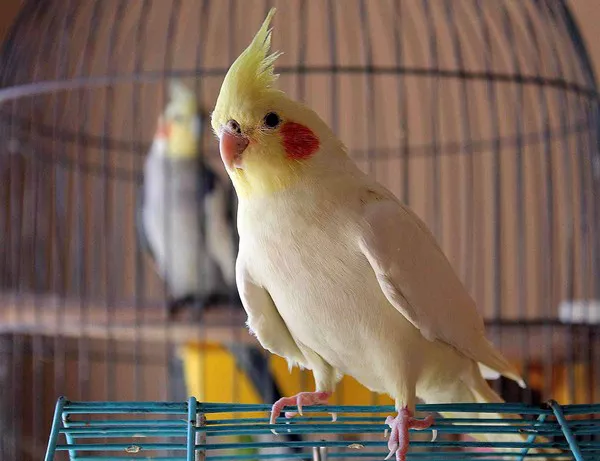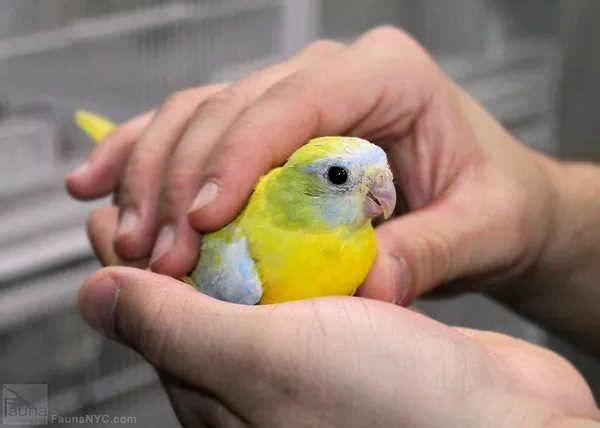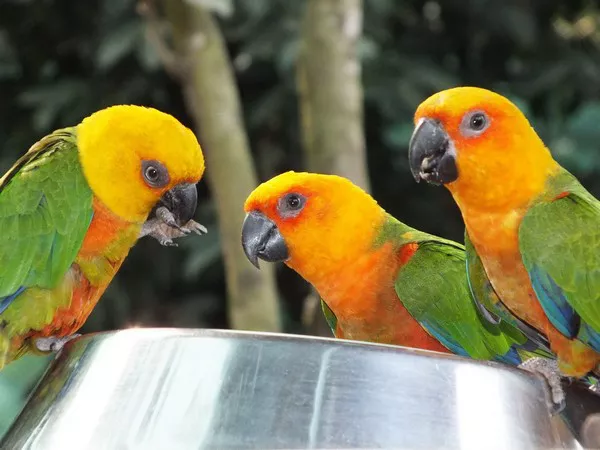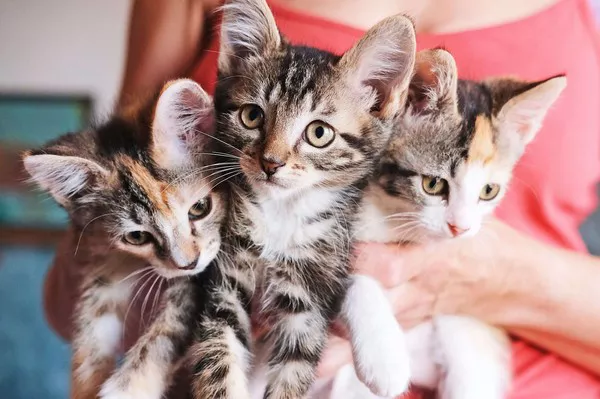Indian Ringneck parrots, with their vibrant plumage and playful personalities, are popular choices among bird enthusiasts. These parrots thrive on a balanced diet that includes a variety of fruits, seeds, and vegetables. In this article, we will explore what vegetables can Indian Ringnecks eat to ensure their overall health and well-being.
Understanding Indian Ringneck Parrots’ Dietary Needs
Before delving into the specifics of vegetables for Indian Ringnecks, it’s essential to understand their dietary requirements. These parrots are primarily herbivores and should be offered a diet rich in fresh vegetables, fruits, and high-quality pellets. Vegetables play a crucial role in providing essential nutrients and vitamins that are integral to their overall health.
What Vegetables Can Indian Ringnecks Eat?
1. Bell Peppers: Indian Ringnecks love the vibrant colors and crisp texture of bell peppers. Whether red, green, or yellow, these vegetables are rich in Vitamin C and provide a healthy dose of antioxidants. Sliced into manageable strips, bell peppers make an excellent addition to your parrot‘s diet.
2. Broccoli: Broccoli is a fantastic vegetable for Indian Ringnecks. It’s high in fiber and packed with essential vitamins and minerals, including calcium, which is vital for their bone health. Remember to serve it cooked or steamed to make it easier for your parrot to digest.
3. Carrots: Carrots are a classic choice for parrots and offer an array of health benefits. They are an excellent source of beta-carotene, which supports good eyesight. You can serve carrots either raw or cooked, but ensure they are chopped into manageable pieces.
4. Spinach: Spinach is another great option, packed with iron, calcium, and other essential nutrients. However, it’s important to remember that spinach should be fed in moderation due to its oxalate content. Oxalates can inhibit calcium absorption, so offer spinach as part of a varied diet.
5. Cabbage: Cabbage is a cruciferous vegetable that Indian Ringnecks can enjoy in small amounts. It’s rich in dietary fiber and vitamins, but too much can lead to digestive issues. Serve it shredded or chopped to make it easier for your parrot to consume.
6. Zucchini: Zucchini is a mild, low-calorie vegetable that is well-received by Indian Ringnecks. It’s a good source of vitamin C, potassium, and dietary fiber. You can serve it raw or lightly steamed, and your parrot will likely relish its mild flavor and tender texture.
7. Sweet Potatoes: Sweet potatoes are a nutritious choice for your Indian Ringneck. They are rich in vitamins, including vitamin A, which is essential for maintaining healthy skin and feathers. Bake or steam sweet potatoes and offer them in small, bird-sized portions.
8. Cauliflower: Like broccoli, cauliflower is another cruciferous vegetable that can be part of your parrot’s diet. It provides essential nutrients and antioxidants. Just like with other cruciferous vegetables, moderation is key to prevent digestive issues.
9. Cucumber: Cucumber is a hydrating and refreshing vegetable that many Indian Ringnecks enjoy. It’s a good source of hydration and contains some essential vitamins and minerals. Slice it into thin pieces, and your parrot will have a delightful, crunchy treat.
10. Peas: Peas are tiny, nutrient-packed green morsels that your Indian Ringneck will appreciate. They contain essential vitamins and are a good source of protein. You can serve them fresh or frozen but make sure to defrost frozen peas before offering them.
Preparation and Presentation
When introducing vegetables into your Indian Ringneck’s diet, the key is to make them appealing. Parrots are often attracted to colorful, fresh foods. You can try various methods to make vegetables more enticing:
1. Chop or slice: Cut vegetables into manageable pieces, ensuring they are easy for your parrot to handle and eat.
2. Mix with favorite foods: Incorporate small amounts of vegetables into your parrot’s regular seed or pellet mix to encourage them to try new foods.
3. Serve fresh: Fresh, crisp vegetables are more appealing. Replace uneaten portions with fresh ones to maintain their interest.
4. Offer variety: Rotate different vegetables to keep your parrot’s diet diverse and exciting.
Cautionary Notes
While vegetables are an essential part of your Indian Ringneck’s diet, it’s crucial to exercise caution and make informed choices. Some vegetables are not suitable for parrots, and moderation is key for others. Additionally:
1. Avocado: Never feed your parrot avocado, as it is toxic to birds.
2. High-oxalate vegetables: Vegetables like spinach and Swiss chard, while nutritious, should be offered in moderation due to their oxalate content.
3. Spicy vegetables: Avoid offering spicy vegetables like chili peppers, as they can irritate your parrot’s digestive system.
4. Pesticide-free: Ensure that the vegetables you provide are pesticide-free and thoroughly washed to remove any chemicals or residues.
Conclusion
Including a variety of vegetables in your Indian Ringneck parrot‘s diet is essential to provide them with the necessary nutrients and keep them happy and healthy. What vegetables can Indian Ringnecks eat? A well-rounded diet includes bell peppers, broccoli, carrots, spinach, cabbage, zucchini, sweet potatoes, cauliflower, cucumber, and peas, all prepared in parrot-friendly ways. By offering a colorful and diverse range of vegetables, you can enrich your parrot’s diet and contribute to their overall well-being. Remember to exercise caution with toxic or high-oxalate vegetables, and always prioritize your parrot’s safety and health.
Related Topics:
How much do indian ringneck parrots cost?
Where to buy ringneck parrot?
Is indian ringneck parrot legal in india?
























